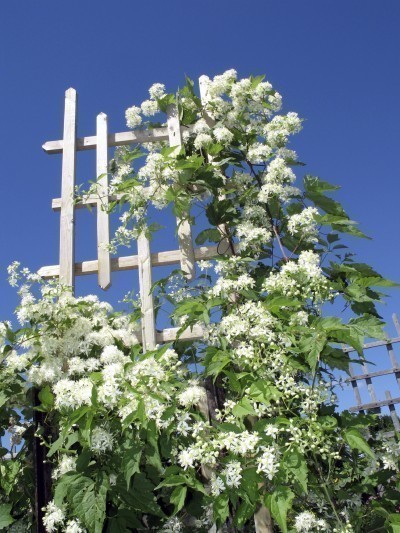






Tall, top-heavy plants, as well as those grown in windy locations, often need plant supports. Plant supports for garden borders, specimen plants and other ornamental settings should be as unobtrusive as possible so that they don’t detract from the appearance of the plant. In the vegetable garden, a simple wooden pole or twine strung between poles makes a sturdy garden plant support. Keep reading for information on plant supports for garden vegetation.
Different situations call for different types of support. The most common plant supports for garden areas include:
You may have to tie your plants to stakes, trellises and fences. Long green twist ties are barely noticeable and make the job of retying a snap. Tie the plant to the support firmly, but loosely enough that you don’t strangle it. Leave room for the stem to move a little. Strips of pantyhose also work well and normally stretch as the plants grow.
Vines attach themselves to their supporting structure by three methods. Some twine their tendrils around the support. These types of vines need a fence or trellis for support. In some cases, the entire vine winds around the support. These vines are great for growing on garden light poles, trees or mailboxes. Vines that have suction cup tips at the end of the tendrils can fasten themselves onto walls and solid rock.
Hoops and cages are ideal for bushy plants such as tall garden phlox and peonies. Put this type of support in place at planting time so that the plant can grow through the opening. The foliage will eventually hide the structure.
Simple stakes are the most common form of support — such as those for tomatoes. You’ll need to drive the stake a foot or two into the soil for solid support. If you install the stake before planting, you can plant close to the base of the stake. Otherwise, place the stake a little further away to avoid damaging the roots. Unless your plant begins to tilt or show signs of toppling, wait until the stem is nearly as tall as it will grow to tie it to the stake. Otherwise, you’ll spend a good bit of time retying the plant as it grows.
Plants that need support include those grown in windy locations, vines, tall plants and those with large, heavy flowers and foliage. If you aren’t sure whether you plant needs support, it is better to stake it than risk losing it.
Copyright © www.100flowers.win Botanic Garden All Rights Reserved